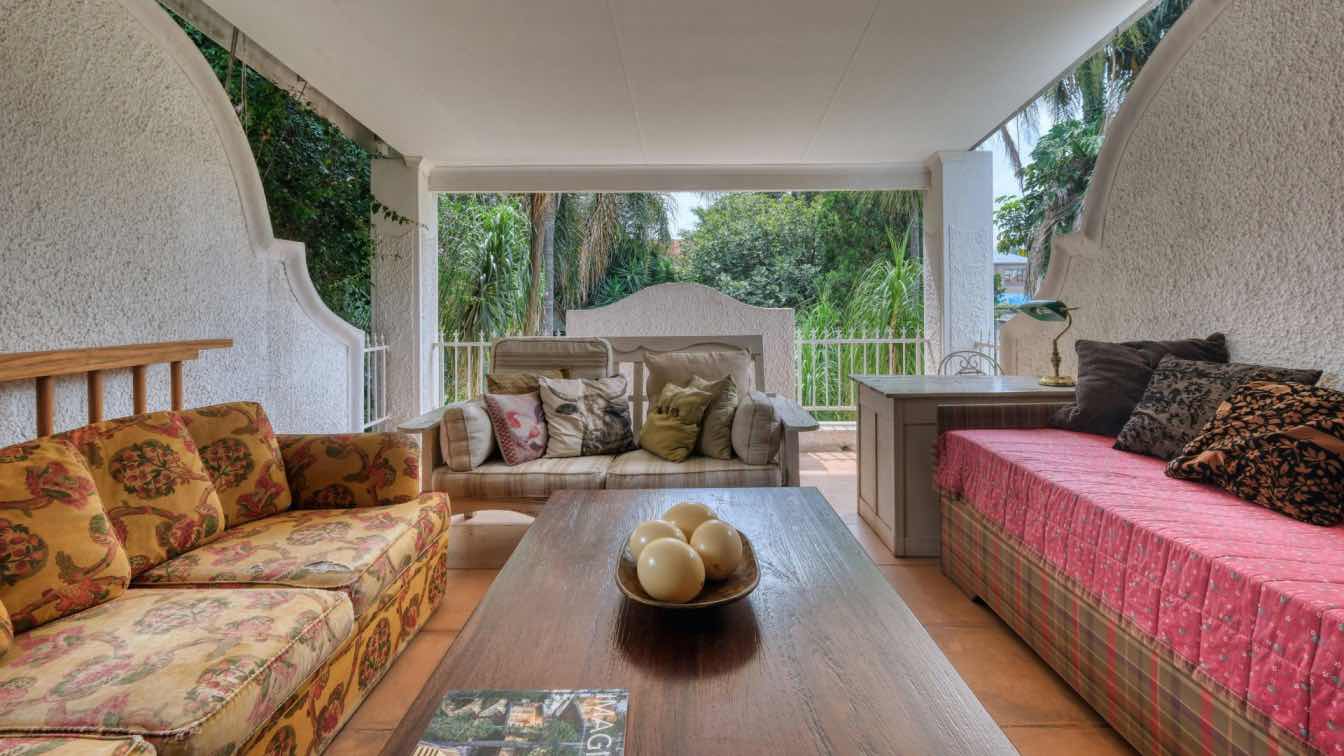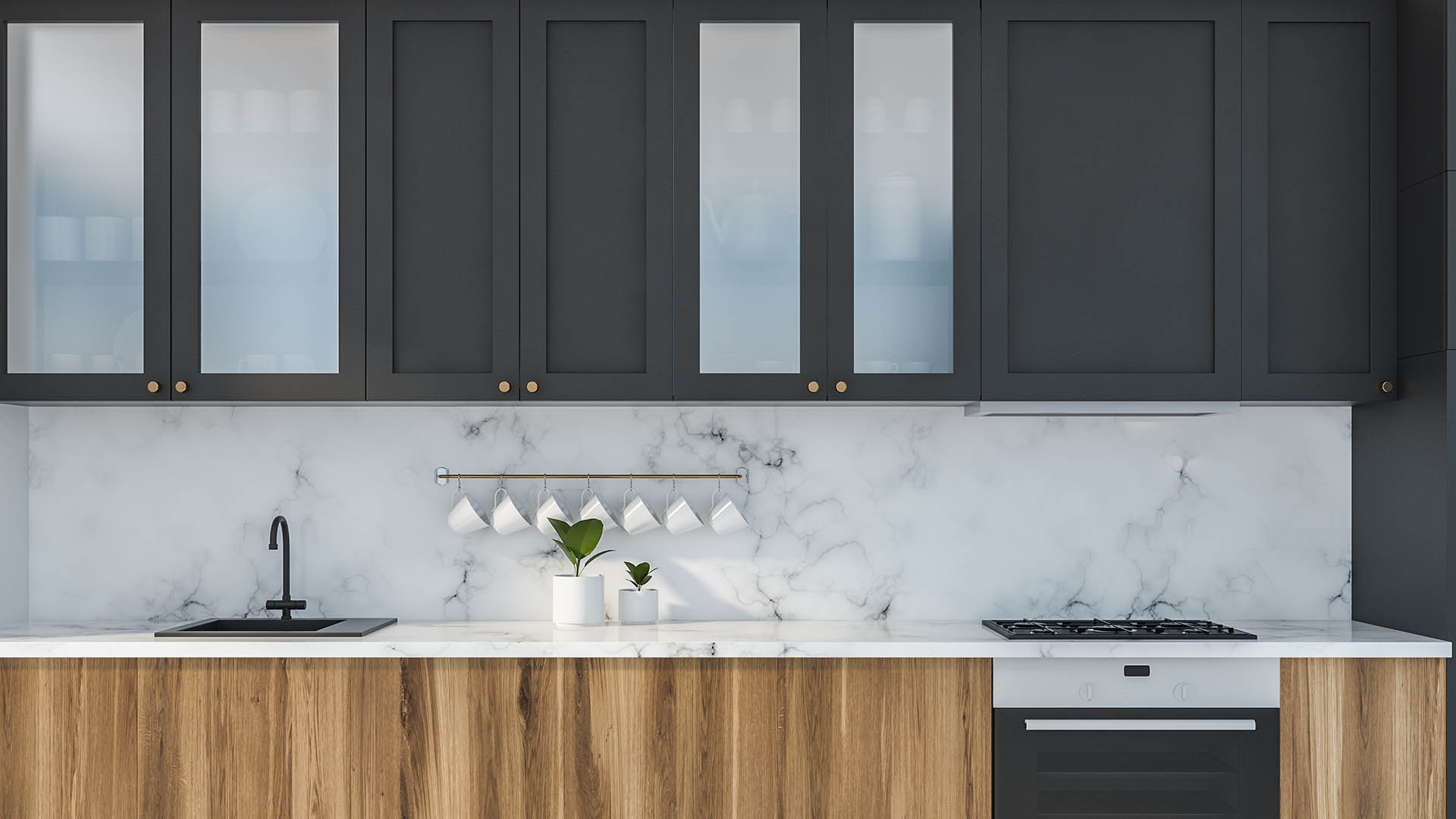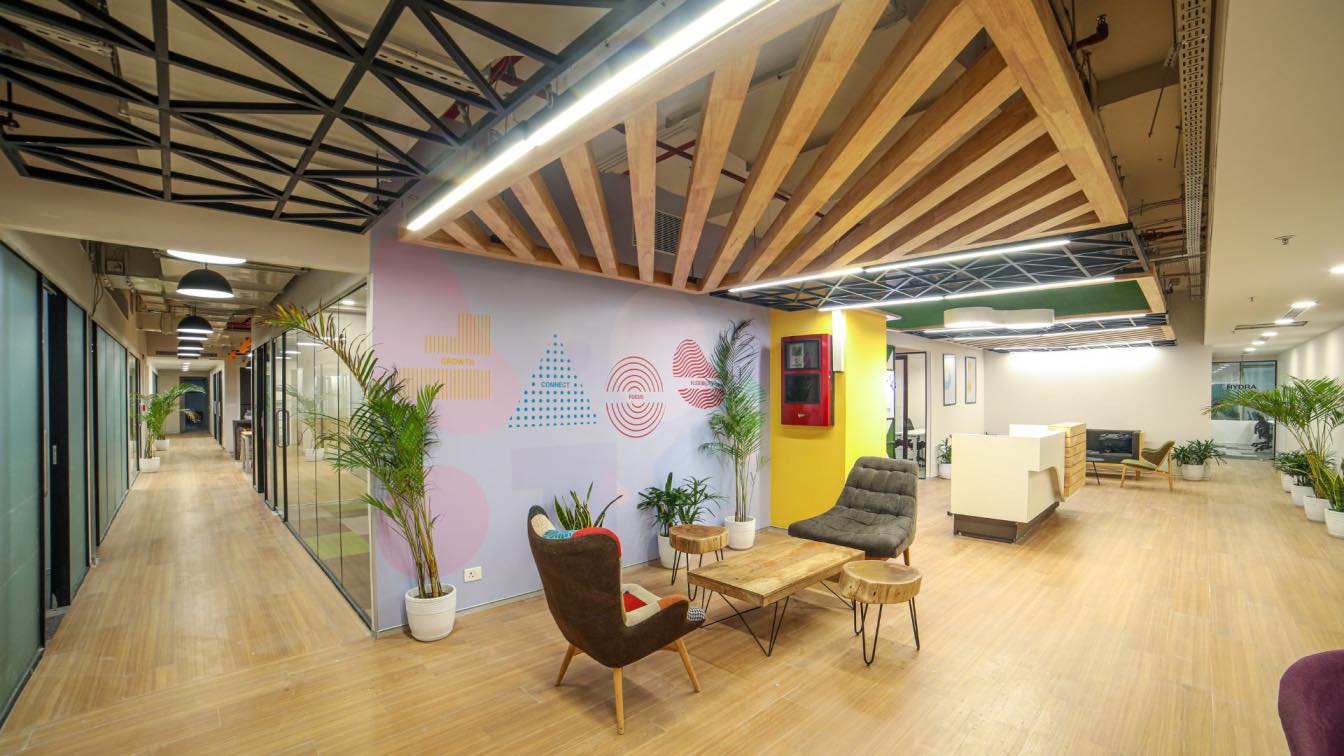Having an indoor-outdoor living space in your home is an ultimate design feature for many. It allows you to enjoy the comfort of interiors with the freedom of nature.
But creating that balance isn't always straightforward. There are a lot of aspects to consider, so here’s an overview of the most important elements you need to have on your checklist before you kick-start this type of project.
Picking Smart Access Point Options
Access points can transform how indoor and outdoor spaces connect. Choosing the right style depends on functionality, aesthetic preferences, and space limitations. The main choice you face is whether to opt for sliding doors or folding doors, and there are some major differences at play here.
Specifically:
1. Sliding doors are ideal for maximizing natural light. These work well in smaller areas since they don’t swing outward or inward.
2. Folding doors are great for creating wide openings. These allow seamless movement between spaces when fully opened, but require more room to operate.
Each option has pros and cons depending on your needs. For durability and proper fitting, working with professionals in patio door installation is wise. Experts ensure smooth operation, long-term performance, and energy efficiency.
Small details like materials and hardware finish also impact overall cohesion between indoors and outdoors. Planning access thoughtfully will enhance usability without sacrificing style.
Choosing the Right Orientation for Sunlight and Shade
Orientation affects comfort, energy efficiency, and usability in indoor-outdoor spaces. Proper planning ensures natural light while avoiding excessive heat or glare.
Keep in mind that:
1. South-facing designs capture sunlight throughout the day but may need shading elements like pergolas or overhangs to prevent overheating.
2. East-facing areas offer soft morning light, making them perfect for breakfast nooks or garden seating spots.
3. West-facing spaces experience intense afternoon sun that can be managed with tinted glazing or greenery for cooling shade.
Understanding how sunlight moves across your property helps you make informed decisions during design. Incorporating shade solutions alongside orientation keeps spaces functional year-round.
With thoughtful consideration of positioning, an outdoor area can remain enjoyable regardless of the time of day.
Selecting Durable Materials for All-Weather Use
Material choice directly impacts the longevity and performance of your indoor-outdoor living space. Weather exposure, wear, and tear all need consideration.
Consider that:
1. Composite decking withstands moisture and UV rays better than natural wood.
2. Powder-coated aluminum offers a lightweight yet sturdy option for outdoor furniture or railings.
3. Stone or concrete flooring provides durability while being easy to clean and maintain in high-use areas.
Choosing materials designed to endure local climate conditions prevents premature deterioration or costly replacements.
Additionally, finishes like sealants can extend material life by protecting surfaces from water damage or fading caused by sunlight.
Balancing Privacy with Openness in Design
Striking the right balance between openness and privacy creates a welcoming yet personal space. Consider both aesthetic and practical needs when planning, as you want your contribution to the $526 billion spent on home improvement each year to be efficient rather than wasteful.
For instance:
1. Fencing or hedges provide natural barriers while maintaining visual harmony with the outdoor environment.
2. Strategic landscaping, like tall plants or trellises, blocks sightlines without feeling enclosed.
3. Frosted or tinted glazing adds privacy to access points while allowing light to filter through.
The goal is creating a transition where you feel connected to nature but not overly exposed to neighbors or passersby.
Layering design elements such as curtains, screens, or retractable panels offers flexibility based on your preferences at any given time.
Integrating Security Measures Without Compromising Aesthetic Appeal
Ensuring security in any domestic setting is important, and for an indoor-outdoor space, it’s essential, but it doesn’t have to detract from the design. Smart planning keeps your home safe while maintaining visual harmony.
Look into:
1. Reinforced glass options that enhance durability against breakage while still looking sleek.
2. Lockable sliding or folding doors that provide reliable barriers without bulky hardware.
3. Discreet motion sensor lighting that increases visibility and deters intruders after dark.
Blend functionality with style by incorporating subtle yet effective features into your space's layout. For instance, decorative grilles or modern gate designs add both protection and character. Since there are 250 burglaries for every 100,000 people nationally, this is not a widespread concern, but also should not be ignored due to complacency.
The Bottom Line
Designing an indoor-outdoor living space requires thoughtful choices to balance style, function, and comfort.
Focusing on key aspects like orientation, materials, access points, and privacy means you can create a versatile area that enhances your home.
Thoughtful planning ensures a seamless connection between indoors and outdoors for years of enjoyment.





